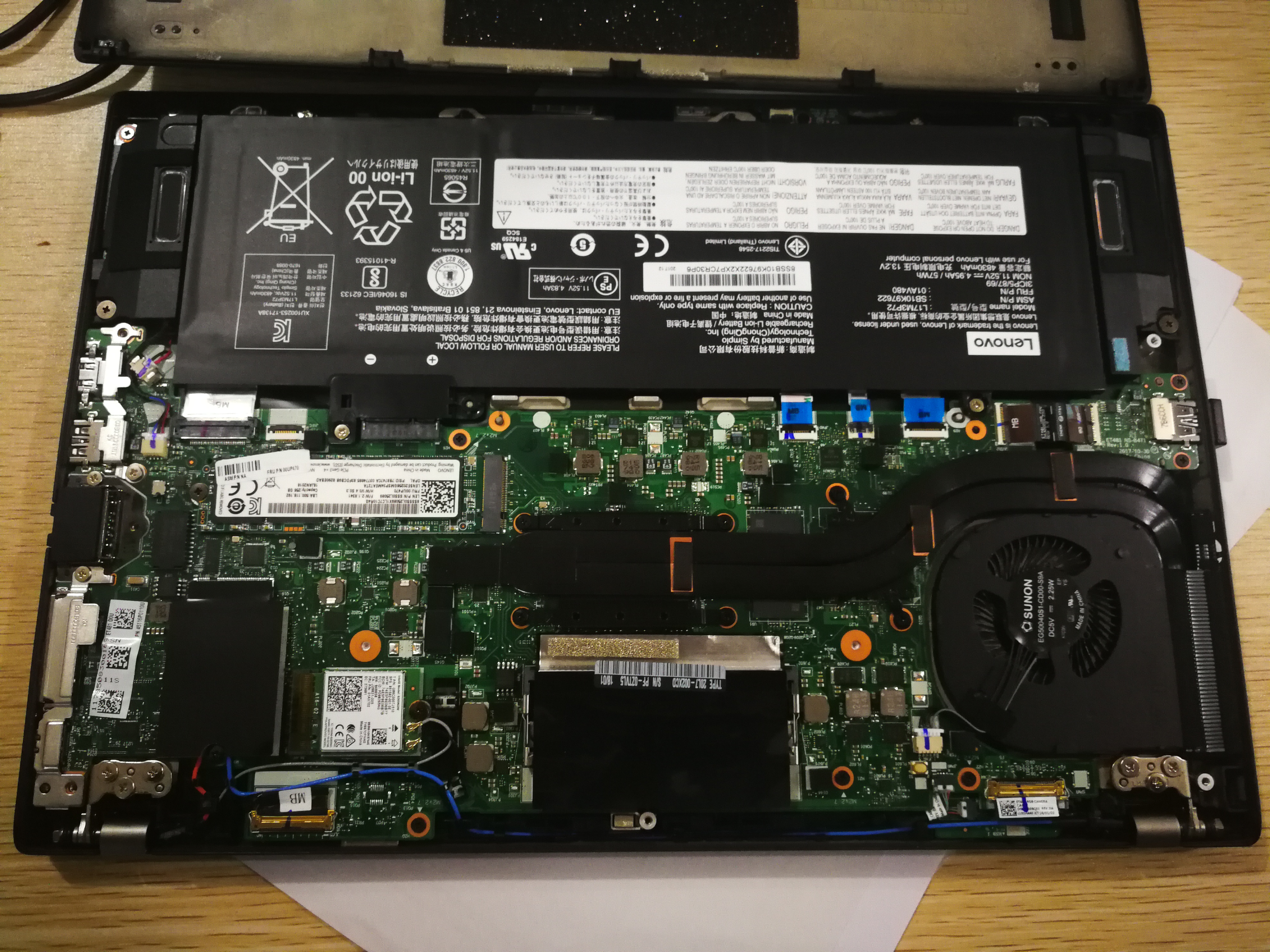

Artificial limitations can also be unknowingly set by the manufacturer, through introducing errors or by putting too great a focus on other technical details.The most current DRAM generations are supported, allowing them to be integrated into older systems. Current BIOS versions are updated to take changes in the individual system components into consideration, in order for BIOS to fulfil its duties as the system’s control centre.Unfortunately manufacturer’s specifications rarely take future, high density memory components into consideration.

Today, memory offers capacities that would have been unthinkable or unaffordable, even a relatively short time ago. the number of bits that can be stored in a given space has dramatically increased. The density of the DRAM components, i.e.The reasons why it is often possible to install far more memory than the original manufacturer intended can be attributed to the following factors: It is possible for us, even years later, to determine which memory module fits which system. Details of every component – from BIOS, CPU, memory socket, graphic board to chipset – are analysed. This contains detailed technical information on the systems available at any given time. In order to be able to make an informed statement on the maximum memory capacity of a system, we have maintained an extensive system database, going all the way back to 1998. Device data meticulously stored since 1998 In the following article, we’ll explain how we come to our figures. Our simple answer is NO! We have deliberately increased them. The more observant of our customers are very quick to tell us that our stated maximum configuration of their systems doesn’t match the manufacturer’s specified maximum configuration and ask whether we haven’t made a mistake.


Reasons why the maximum we quote for your system often exceeds the stated maximum of the manufacturer.


 0 kommentar(er)
0 kommentar(er)
